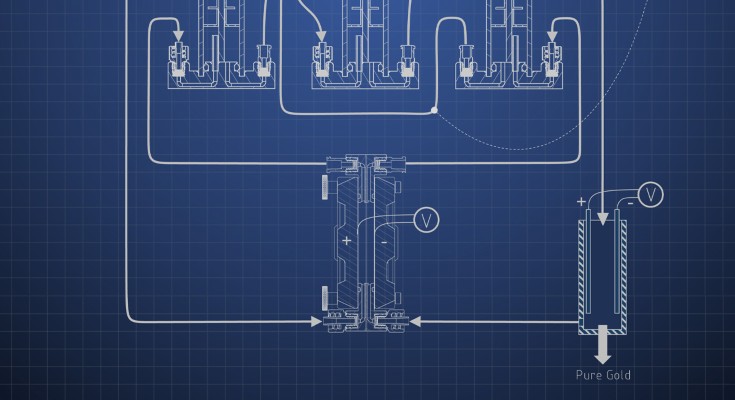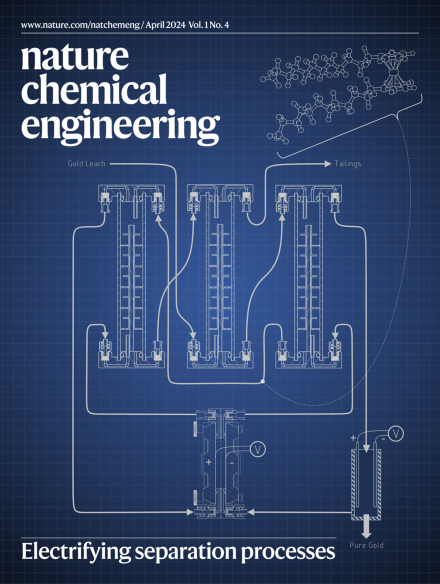
Read our April Issue!
Launched in January 2024, Nature Chemical Engineering is an online-only journal covering the most significant research and analysis of relevance to the diverse community of chemical engineers.

Launched in January 2024, Nature Chemical Engineering is an online-only journal covering the most significant research and analysis of relevance to the diverse community of chemical engineers.


Decarbonizing the steel industry is crucial but challenging. Now, an enzymatic method is introduced for converting carbon monoxide from industrial off-gases into formate, offering a path towards carbon-neutral steel production. The enzymatic process achieves high selectivity, and operation of a 10-liter-scale reactor with real industrial emissions indicates its scalability and practical applicability.